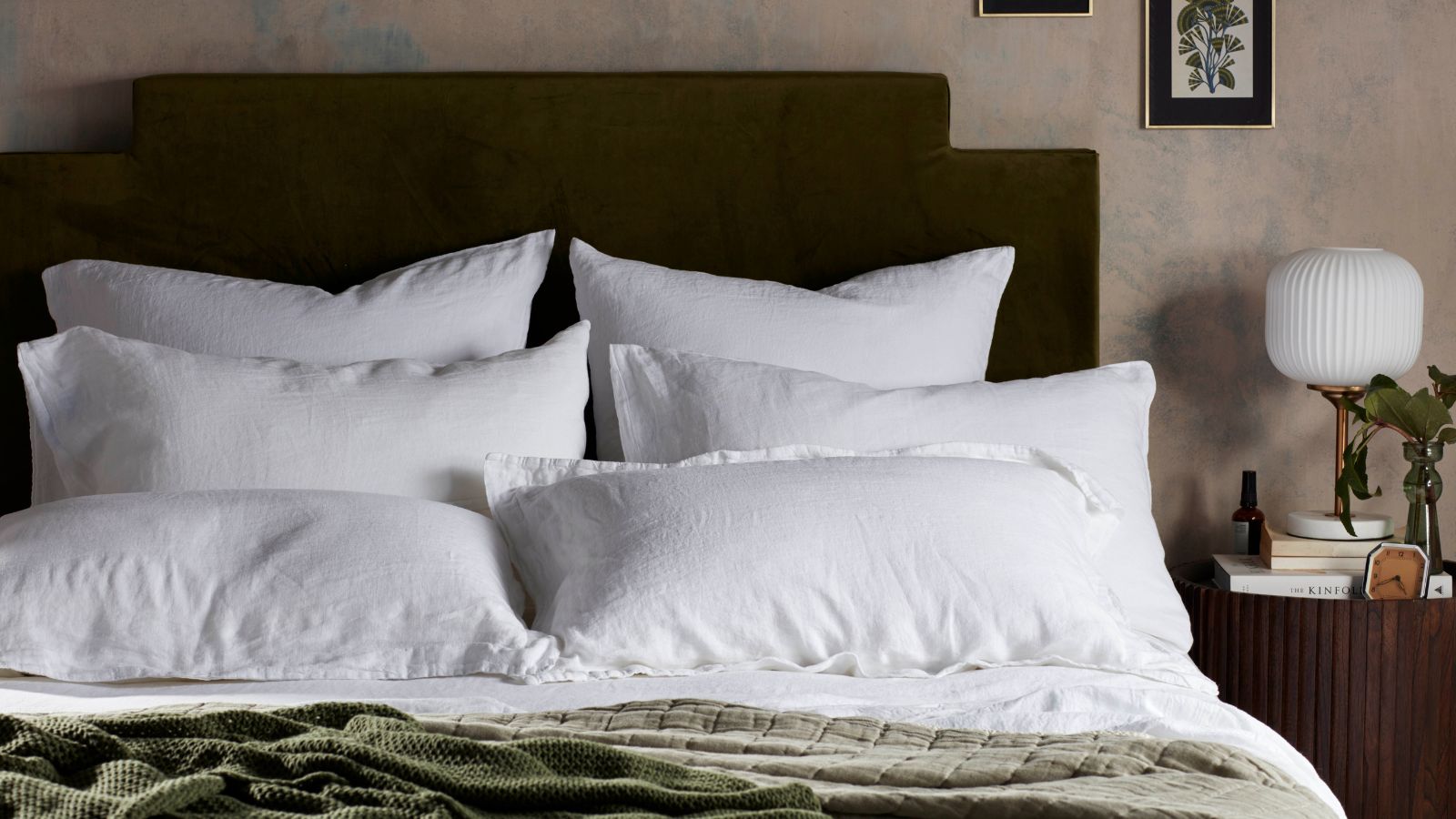
Few things look as inviting as a freshly made bed with crisp, white sheets. Give it a few years of regular use, however, and lighter bedding might start to look a bit yellow.
Fear not! This discoloration is normal, and usually a result of sweating or moisturizing before bed. They can still be unsightly, however, especially if they crop up on well-loved guest linens.
Luckily, there are six ways to remove discoloration from bedding when doing laundry, helping to restore that fresh-sheet feeling without splurging on a new set.
How to remove discoloration from your bedding
The random yellow staining on even your best duvet inserts and comforters, or even your pillows and mattresses, is caused naturally by sweat, body oils, and dead skin cells, which builds up over time. So long as you wash your bed sheets regularly, stains are not harmful to your health.
That being said, if you want to make your sheets look new again, here's what to try.
1. Wash with vinegar
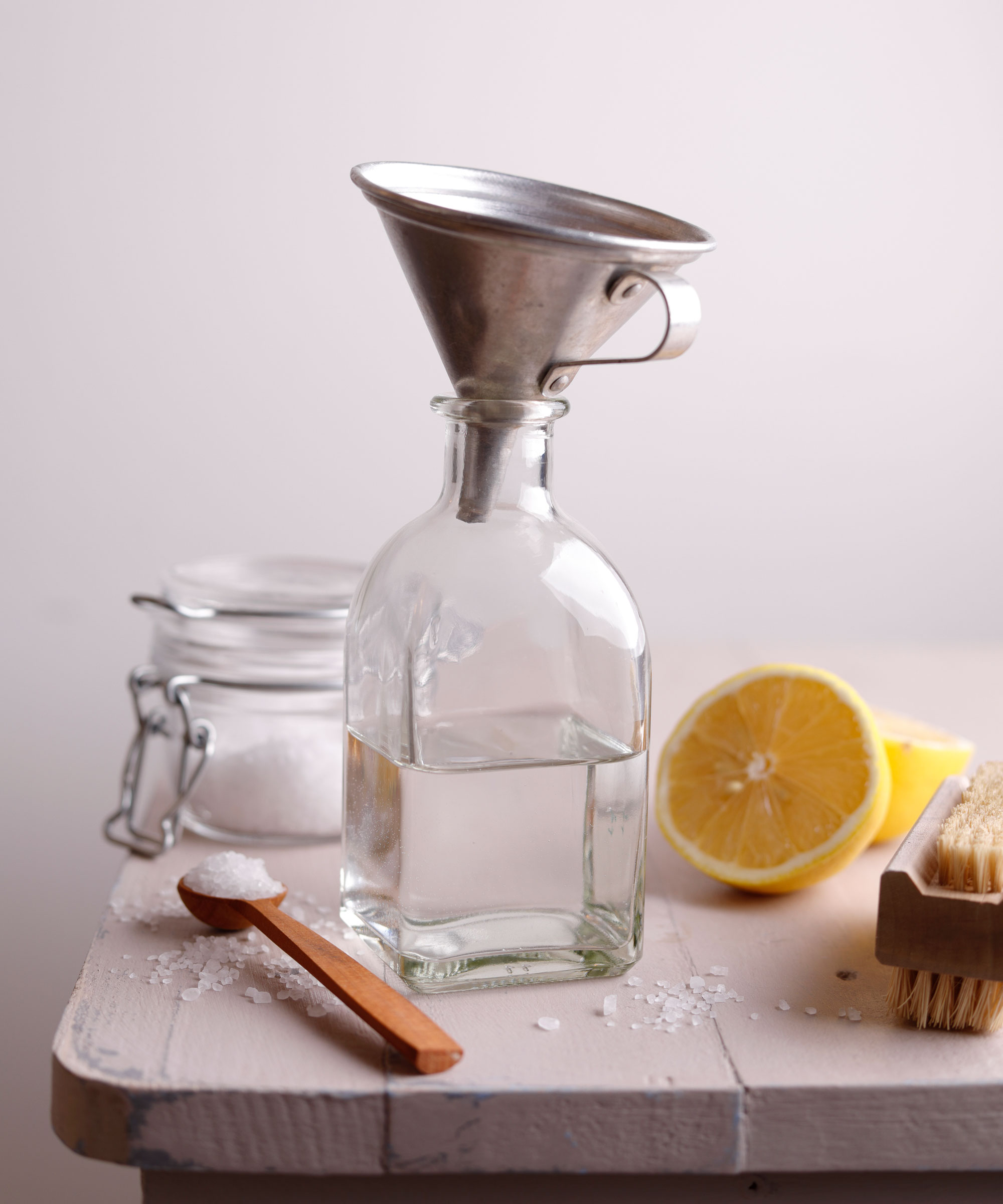
When bedding discoloration and staining is mild, it is best to start off using natural remedies, such as using white vinegar in laundry to avoid damaging your bedding fibers with harsh chemicals.
Tom Ceconi, president at Heritage Park Laundry suggests, 'Pre-soaking the affected bedding in warm water with half a cup of baking soda. Allow this to sit for anywhere between two hours to overnight. Finish by washing bedding on a warm, not hot, cycle with a cup of white vinegar, poured into the rinse tray of your detergent drawer.'
When removing yellowing from bedding, you should never wash in hot water, as this can further set the stain, Alicia Sokolowski, president and CEO of AspenClean adds. Similarly, 'avoid high heat drying, as this can make stains harder to remove.'
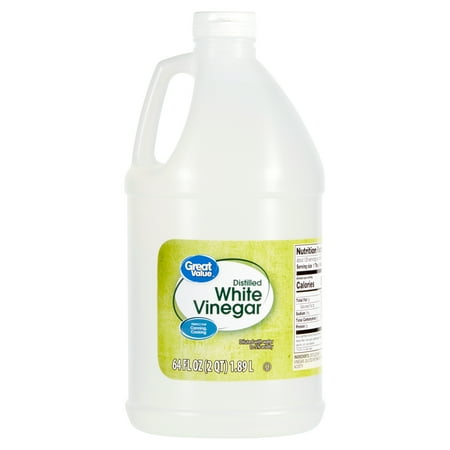
There are so many things you can clean with vinegar that it is more than worth the investment for your cleaning cabinet.
2. Use oxygen bleach
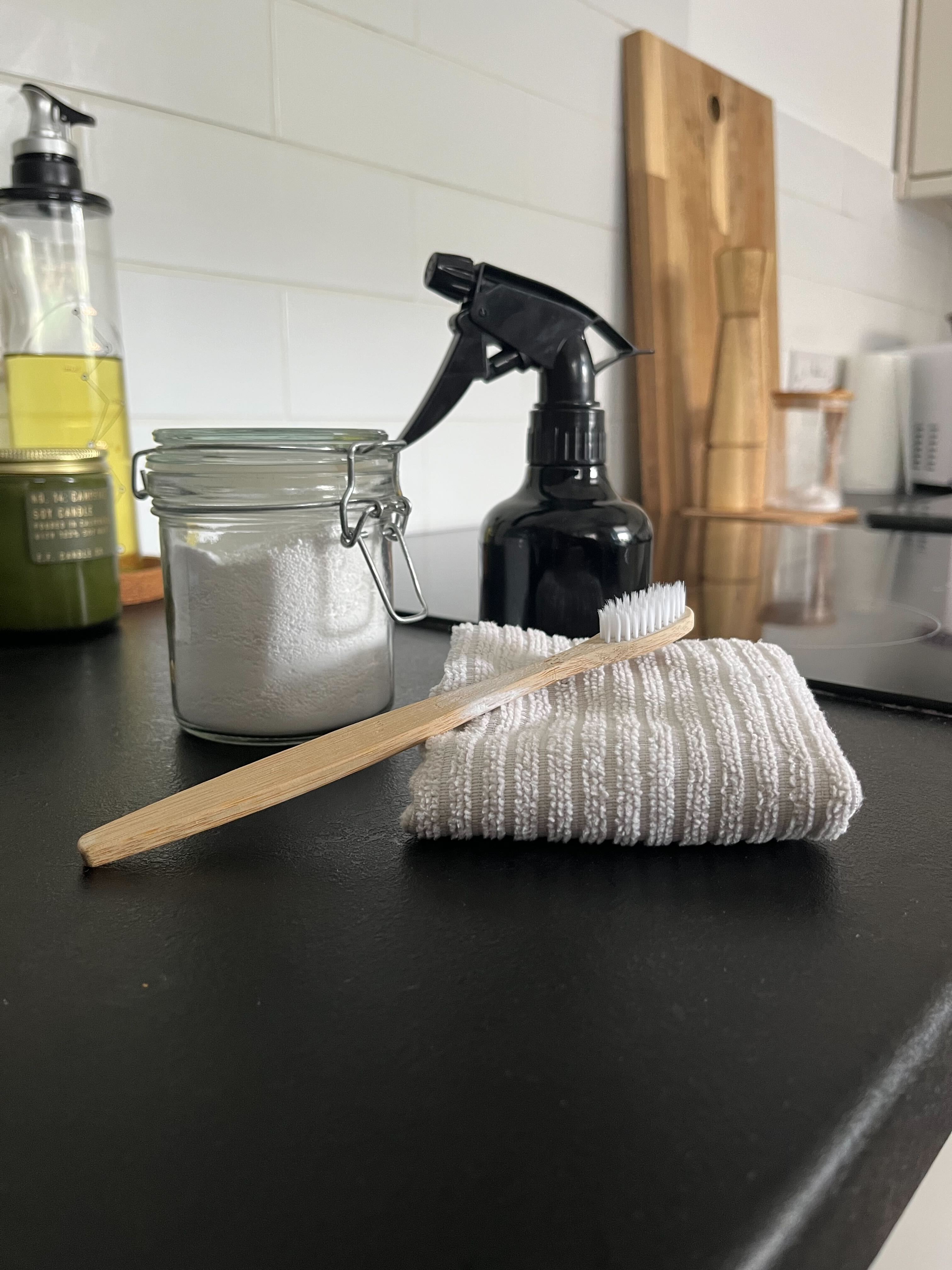
Cleaning with oxygen bleach might sound scary but rest assured it is one of the best eco-friendly options to remove yellowing from sheets. Oxygen bleach is a chlorine-free bleach alternative that releases oxygen when exposed to water, helping to lift out stains and dirt.
Alicia Sokolowski explains, 'Mix half a cup of oxygen bleach with warm water and soak the bedding for several hours or overnight. Then, add one cup of white vinegar to the wash cycle and half a cup of baking soda to the drum before throwing the sheets in to break down stains and odors.'
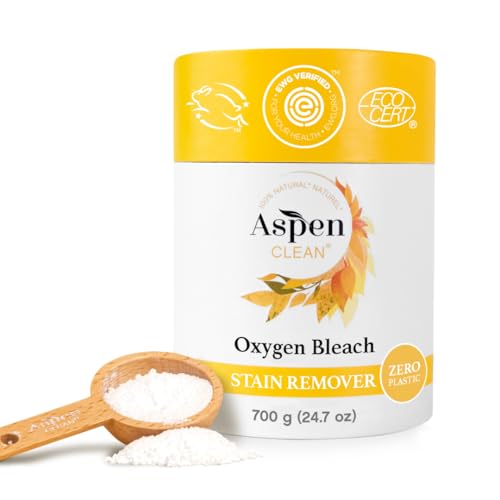
Environmental Working Group (EWG) certified, the AspenClean oxygen bleach powder is a healthier, more sustainable option for your laundry room.
3. Use enzyme-based detergents
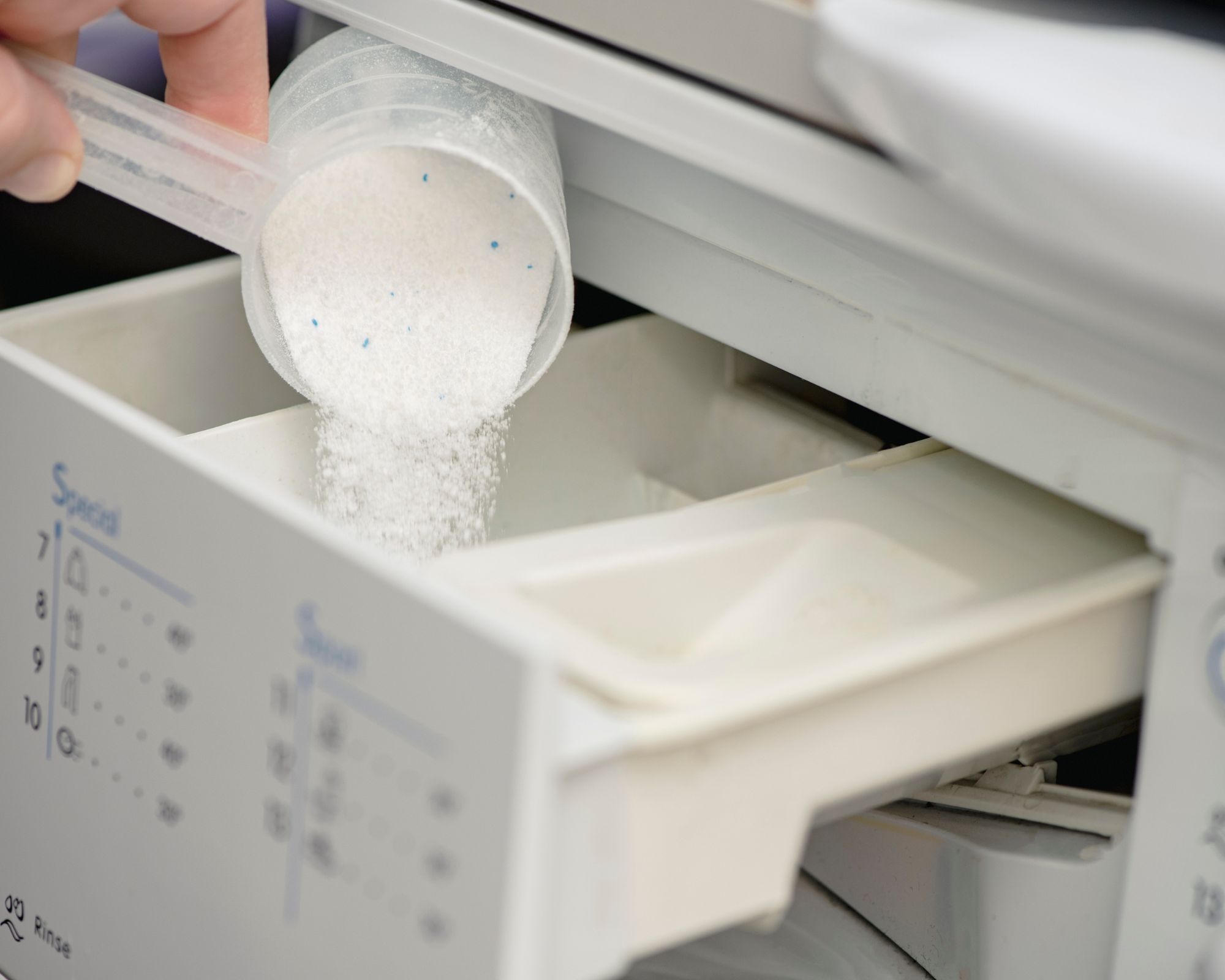
As discoloration on bedding is often caused by organic compounds, you can enjoy great stain removal results with enzyme-based cleaners.
Muffetta Krueger, professional cleaner and founder of Muffetta’s Domestic Assistants suggests, ‘They are effective at breaking down protein-based stains, such as sweat and body oils, which are common culprits behind yellow stains. Brands like Tide, available at Amazon are a popular choice.’
It is worth noting that enzyme cleaners and detergents can irritate sensitive skin and worsen some skin conditions. You can mitigate this somewhat by adding an extra rinse cycle to your load to further remove residue, as many of the best washing machines nowadays purposefully use lower water volumes on standard and eco-cycles to save resources.
Alicia adds that it is best to avoid using bleach in laundry, especially when it comes to yellowing, as 'harsh chemicals can degrade fabric over time, causing yellowing to worsen.'
4. Use a pre-treatment spray

One of the golden rules of stain removal is to treat the stain as early as you can.
To make this easier on bedding, Taylor Southerland, president at Charlie's Soap says, 'Most discoloration is just that, sweat and funk from laying on the fabric. Sometimes, it's from face creams or body lotions. Those can be tough stains to get out.
'My go-to is to hit the spots with Charlie's Soap Laundry Pre-Spray, available at Amazon, when you toss the garment into the hamper to get washed. That way, the stain remover can soak through and penetrate into the stain over time, even days.
'Wash thoroughly, and consider adding a color safe bleach like an Oxygen Bleach to loosen tough stains. When in doubt, wash twice, but check for stains before drying to avoid baking them into the fabric permanently.'
5. Soak the stain in glycerin

Glycerin is usually found in the medicine cabinet, ready for use against sore throats and dry coughs. However, it is also a fantastic stain remover.
This nostalgic cleaning tip is simple. Smother the stain in vegetable glycerin, available at Amazon, and let it sit for 15 minutes. Then, using a soft bristled brush (or an old, clean toothbrush) sipped in warm water, scrub the stain. Repeat the process as needed until the bedding is white again.
The glycerin eats away at old stains (even those that have been washed) with ease, acting as a solvent that lubricates the stain, making them easy to lift out of the fabric.
6. Dry bedding in the sun
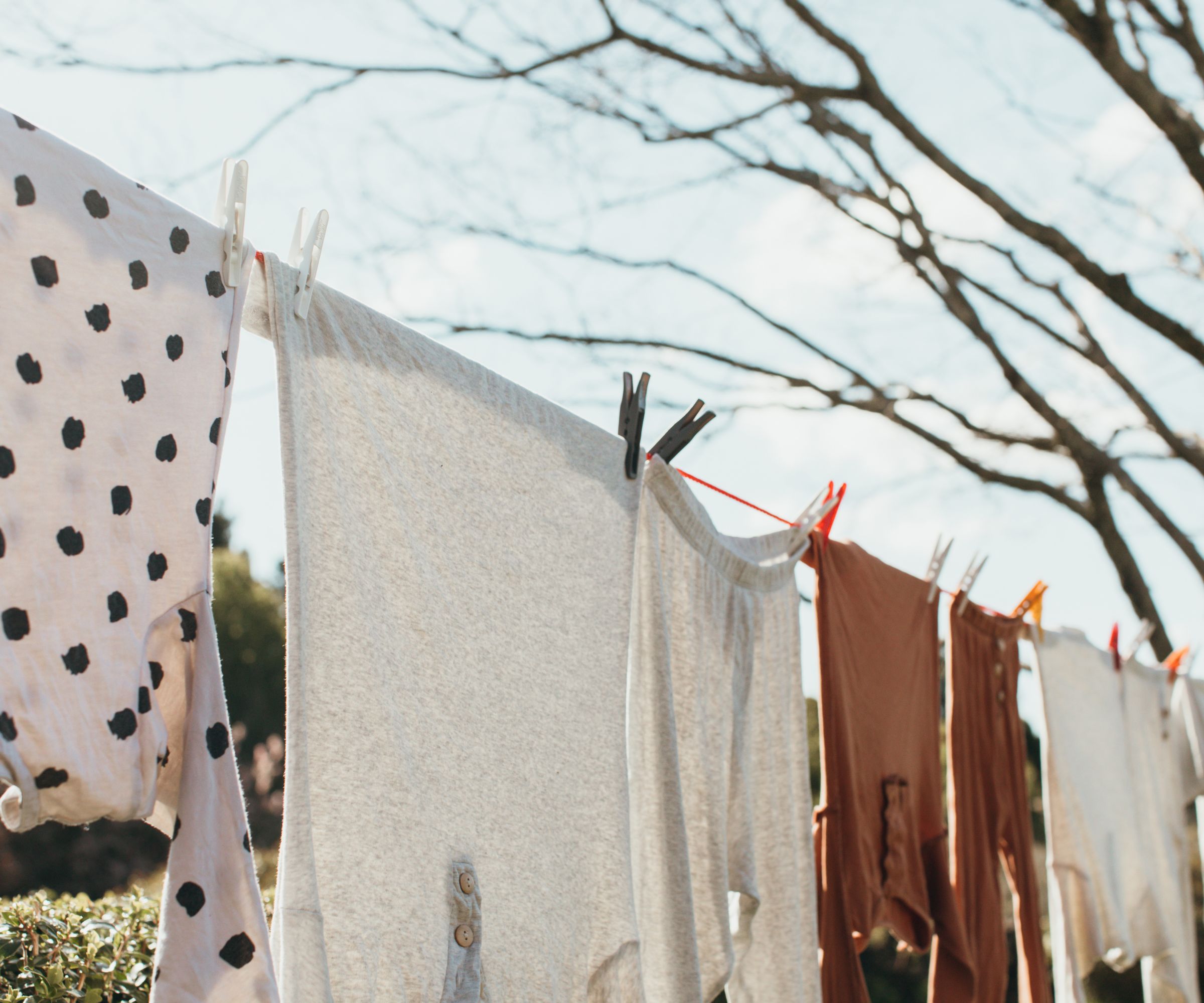
Tumble dryers are great for drying clothes quickly, but if you are tackling yellowing on bedding, then it is best to let them air dry out in the sun, shares cleaning expert Alicia.
She explains, 'After washing, dry the bedding in the sun, as natural sunlight helps brighten whites.'
It's eco-friendly and energy-saving option too, especially given that even the best clothes dryers are some of the most expensive appliances to run.
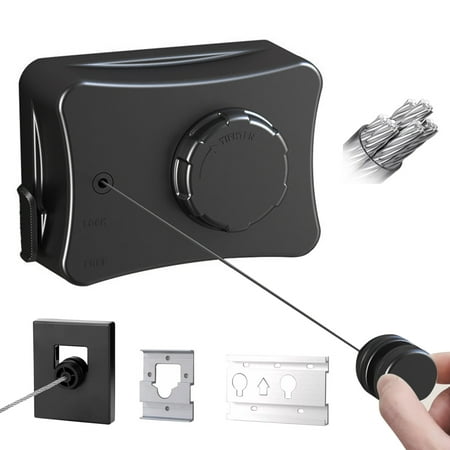
Ideal for lots of big laundry such as bedding, this retractable clothesline can be strung between two posts, walls, or fences to make drying clothes in the sun, simple.

For smaller yards, a rotary drying rack is perfect, allowing you to quickly fold away your drying space when not in use.

Sturdy clothes pegs are an essential if you want to avoid your laundry blowing into a neighbours yard or dragging on the dirty floor.
FAQs
Should I throw away yellow pillows?
If your pillow is only slightly yellow, and you are still able to wash them to make them smell fresh, you likely do not need to throw them out. You should only throw yellowed pillows out if they are no longer comfortable, or they maintain a musty smell even after being washed.
Why did my pillows turn yellow after washing?
If you have washed your pillows and still noticed discoloration, then it may be that you are not using sufficient whitening agents to help lift stains. The yellow marks are caused by natural body oils and sweat, so they need to be washed away with a strong whitening detergent to prevent permanent staining.
Prevention is always better than cure, so preventing pillowcases from yellowing using washable protectors is always the best first step. You also need to regularly wash your comforter and pillows too to stop discoloration and yellowing, Muffetta Krueger explains, 'Follow the care instructions on your bedding labels for the best results and to avoid damaging them.’
We have an expert-led guide on how to wash pillows in the washing machine to make the process quicker and easier.







